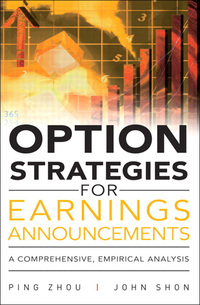Question
You purchase 7,288 shares of ABC on March 1 at a price of $35.99 per share. ABC declares a dividend of $0.33 per share on
You purchase 7,288 shares of ABC on March 1 at a price of $35.99 per share. ABC declares a dividend of $0.33 per share on March 31. Simultaneously, on March 1, you sell SHORT 10,247 shares of XYZ at a price of $23.37 per share. XYZ declares a dividend of $0.20 per share on April 30. On May 31, ABC is down 7% and XYZ is up 10% from their respective March 1 values. Assume that (A) your account's equity on March 1 is $300,000 all in cash before placing any trades and (B) there are no trading commissions. All dividends received are kept as cash in your account, which is also used to pay any dividends accrued. The broker pays interest of 0.5% on any cash balances, charges interest of 2% on any margin loans, assesses a fee of 0.25% on borrowed securities, and allows trading with a 50% margin requirement, which you intend to maximize. All rates are expressed as effective annual, all transactions take place in the same calendar year, and you can assume (A) a generic 30-day month and (B) no margin recalculation before May 31. What is the absolute value of the margin equity surplus or deficit in your account on May 31? That is, how much new equity at a minimum do you need to add to the account on May 31 to preserve the 50% margin requirement, or alternatively, how much excess equity do you have in account on May 31 above the 50% margin requirement?
Question 4 options:
|
|
$3,673
|
|
|
$3,775
|
|
|
$3,877
|
|
|
$3,979
|
|
|
$4,081
|
Step by Step Solution
There are 3 Steps involved in it
Step: 1

Get Instant Access to Expert-Tailored Solutions
See step-by-step solutions with expert insights and AI powered tools for academic success
Step: 2

Step: 3

Ace Your Homework with AI
Get the answers you need in no time with our AI-driven, step-by-step assistance
Get Started


